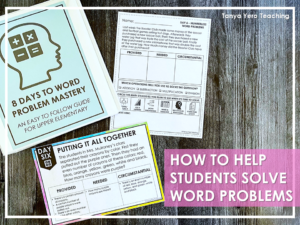
How To Help Students Solve Word Problems
One of the most frequently asked questions I receive from teachers is “How do I get my students to put forth effort when presented with

One of the most frequently asked questions I receive from teachers is “How do I get my students to put forth effort when presented with
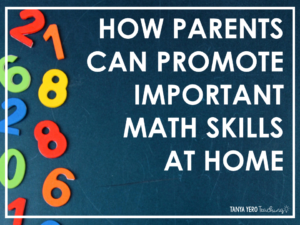
The partnership between school and home is more important than ever with some schools participating in distance learning this year. Whether your child is in
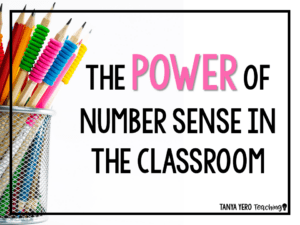
When I first started teaching I taught “to the test.” I taught 3rd grade which in Florida is a grade level that completes standardized testing.
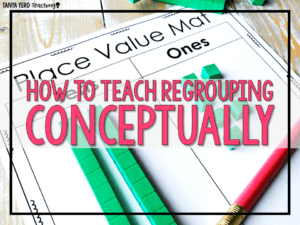
One of the foundations for understanding mathematics for students is knowing and recognizing the differences between single-digit numbers, teen numbers, and multiples of ten. As
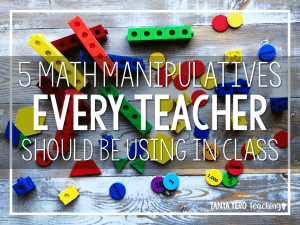
Manipulatives are physical teaching tools which engage students not just visually, but also physically. These learning tools include anything from coins to puzzles and blocks.
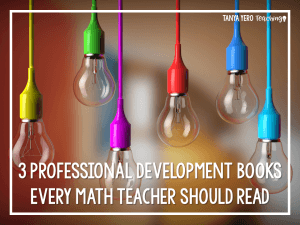
If you’ve spent any time on my website already, then you know that I am all about conceptual learning and rigorous thinking in math. Research
COPYRIGHT © 2019 — TANYA YERO TEACHING • ALL RIGHTS RESERVED • SITE BY LAINE SUTHERLAND DESIGNS
This website uses cookies to ensure you get the best experience on our website.
See full disclosure here.
This website uses cookies to ensure you get the best experience on our website. See full disclosure here.